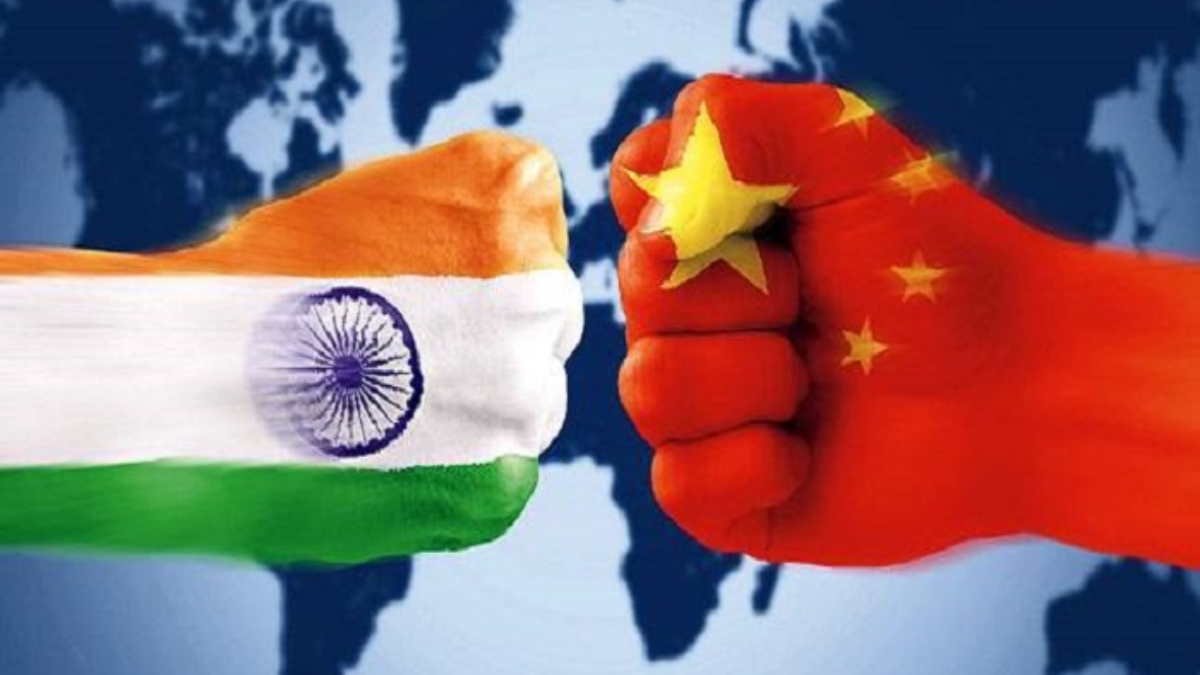Ever since India’s independence, China has posed as a major challenge to India’s internal security. Knowing China’s expansionist agenda and “Five Fingers” policy in the fifties, why the then Indian government misled the Indian public with the hollow slogan of “Hindi-Chini Bhai Bhai’, remains a significant question. China has always been dreaming of hoisting the flag of the Left over the world. This led to the split between today’s Communist China and Nationalist Taiwan. In 1949, when People’s Republic of China was formed under Mao’s leadership, Chiang Kai-shek and his supporters formed a democratic government in Taiwan. But Communist China never accepted Taiwan as a separate country and has been imposing its occupation on Taiwan under the “One China” principle. In South Asia, it captured Tibet in 1950 and also kept its eyes on Nepal, Bhutan, Ladakh, Sikkim and Arunachal Pradesh. This is its ambitious “Five Fingers” policy under which it sees Tibet as the palm and Nepal, Bhutan, Ladakh, Sikkim and Arunachal Pradesh as the five fingers, which it wants to occupy. Due to the strategic importance of India’s Northeastern region, China has been trying to occupy these areas for a long time. First of all, in the beginning of the fifties, it refused to accept the McMahon Line made in 1914 under the Shimla Agreement between the then British Raj of India and Tibet. Then it slowly started claiming over Arunachal Pradesh as its part. Despite China’s nefarious intentions, the then Indian government blindfolded the ‘Hindi-Chini Bhai Bhai’ slogan. If China’s growing steps were stopped only then, perhaps today’s present situation would have been something else. India’s first Home Minister Sardar Vallabhbhai Patel and other leaders urged the then Prime Minister Jawaharlal Nehru to increase India’s military capabilities in the Northeast. But Nehru and the then Ambassador of India to China, K.M. Panikkar unsuccessfully tried to raise the pitch of friendship with their so-called friend China. In 1958–59, the Sino-Indian border dispute deepened as India accepted the McMahon Line as the boundary while China, with its eyes set on occupying India’s Northeast, flatly refused to accept the McMahon Line. Meanwhile, China deepened the border dispute by building about 180 kilometres of road in India’s Aksai Chin region to directly connect Xinjiang with Tibet and to infiltrate in the Northeast. The Indian government opposed the construction of this road, but China not only built this road, but gradually started showing a large part of India’s northeast in its map. There were two parts at the heart of the boundary dispute; Aksai Chin region, and the India administered North-East Frontier Agency (NEFA), now known as Arunachal Pradesh. While the Indian government claimed these areas on the basis of its historical maps, China claimed them by associating them with Tibet. Over the next few years, this dispute between the two countries led to the 1962 war. In the war of 1962, while maintaining its occupation of Aksai Chin, China also occupied the territories of Arunachal Pradesh. The then Government of India did not give any answer or reason for its failure to the public. In fact, the documents and reports of the 1962 war have been kept secret till today as the classified documents. Those who are doing politics on China today should not forget this fact. In fact, this also should not be forgotten that the then Indian government played a major role in getting China permanent membership in the United Nations Security Council, giving up its claim. China kept claiming its occupation in the Northeast of India so much so that it refused a visa to a senior Indian official from Arunachal in 2008, claiming Arunachal is a part of China. However, after 2014, India has not only vociferously opposed China’s invasion and occupation of Indian borders, it has also increased its military preparations with special attention to the Northeast. In the last few years, not only have “all-weather roads” been constructed up to the borders of the Northeast by the Indian government, but also infrastructure and technical military capabilities have increased manifold. India has responded to China in the same language using the “mirror deployment” technique, and has now stated clearly that no infiltration from China will be tolerated. China’s manoeuvrings to occupy Indian territory in Northeast have been responded to well in recent times. However, China seems to be sailing through troubled waters. On one hand, it has opened various fronts of conflicts in South and Southeast Asia, on the other hand, it is facing critical economic crisis due to Covid-19. Entire West seems to be standing opposite against China to contain its ambitions. This is apt time to contain China. Oxymoronically, despite its disputed relations with India, total India-China trade for 2022 has increased to record 135.98 billion, as per the recent Chinese customs data. However, India’s trade deficit with China stands at USD 101.02 billion, surging past USD 100 billion mark for the first time. India needs to work on this trade deficit, while not forgetting what China has been doing on its borders. China also needs to understand that in today’s world of complex interdependence, despite facing security challenges from China, India has been working on the economic front with it, but the situation may change soon. Therefore, it must stop infiltrating Indian borders and should help India and other countries in working on positive objectives such as mutual economic growth and sustainability while ensuring peace and security for all.
The author is Professor, School of International Studies, JNU.





